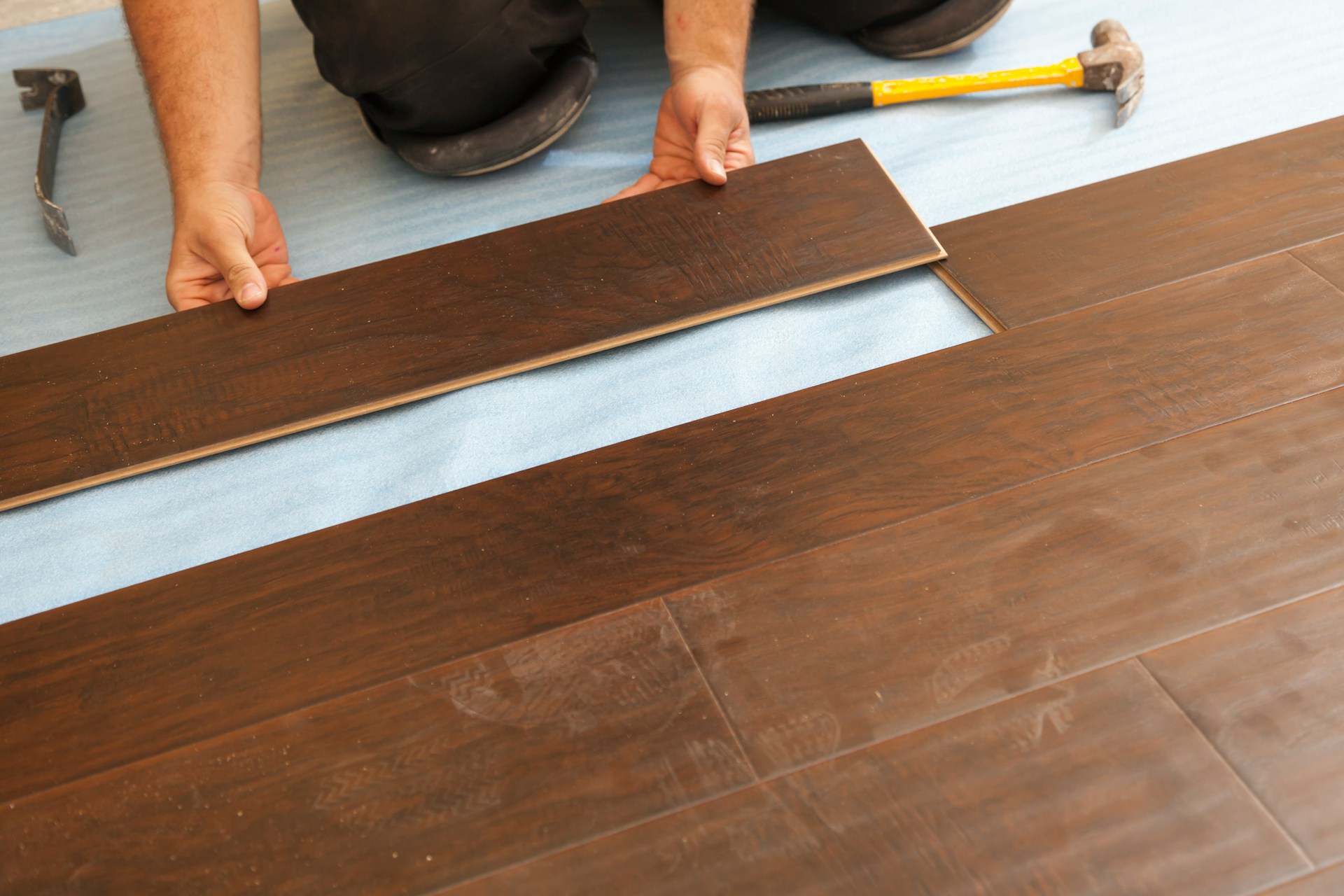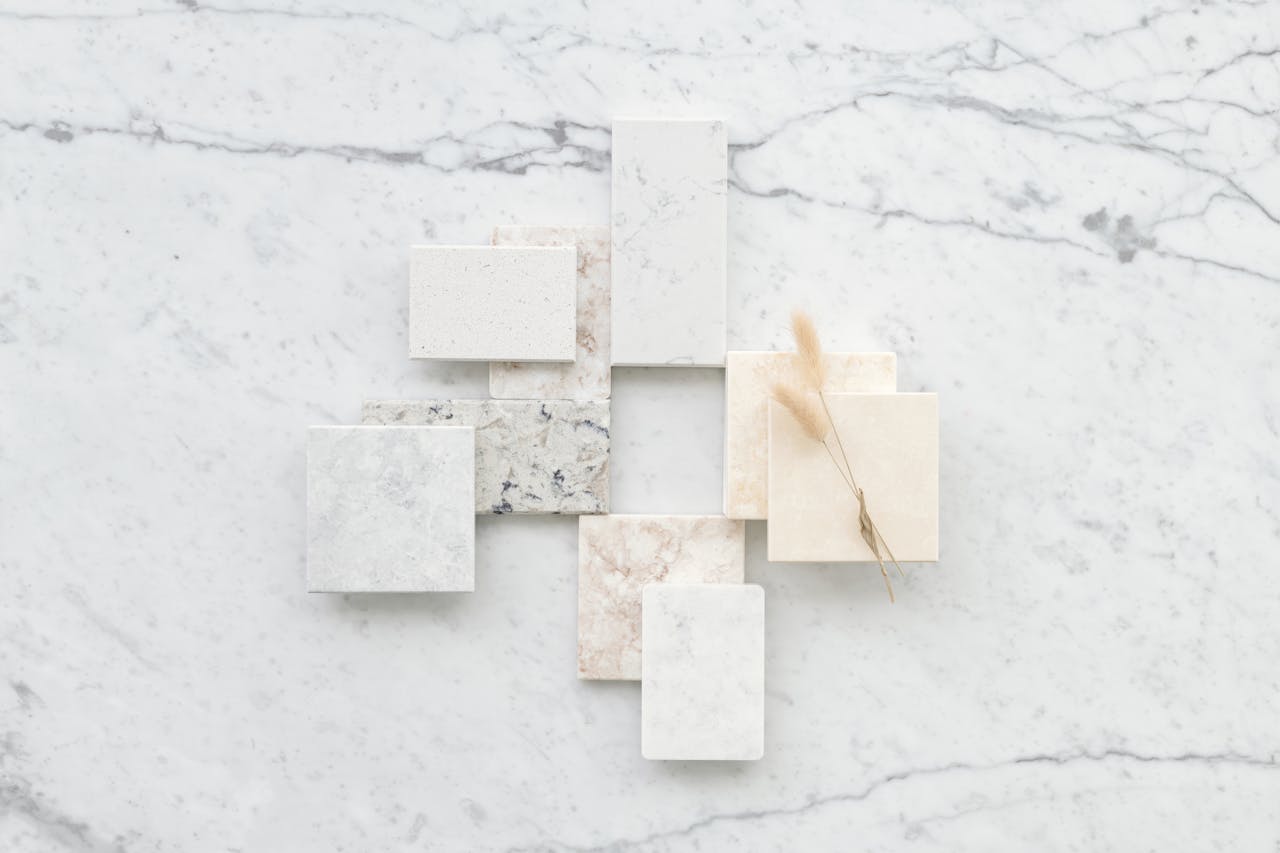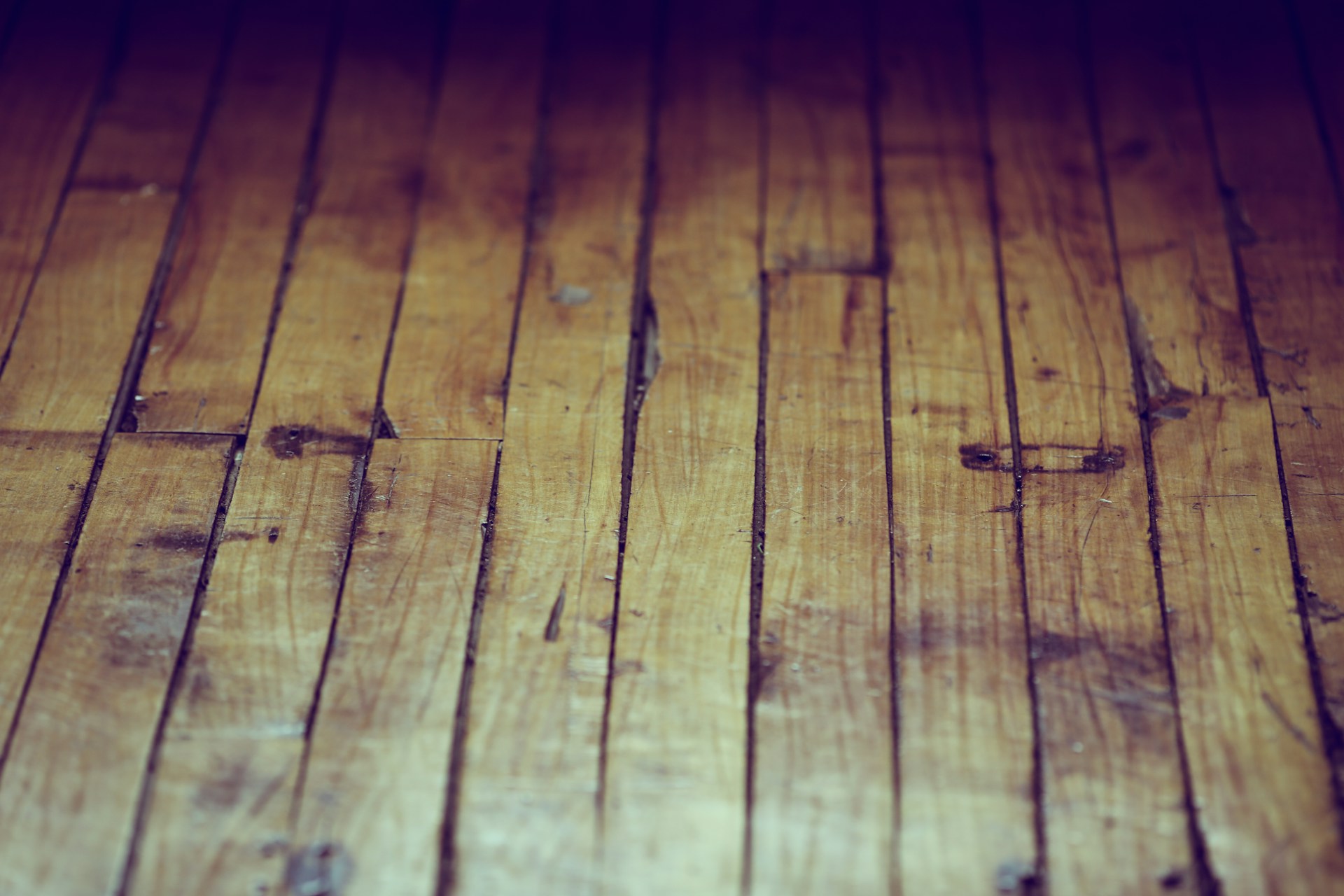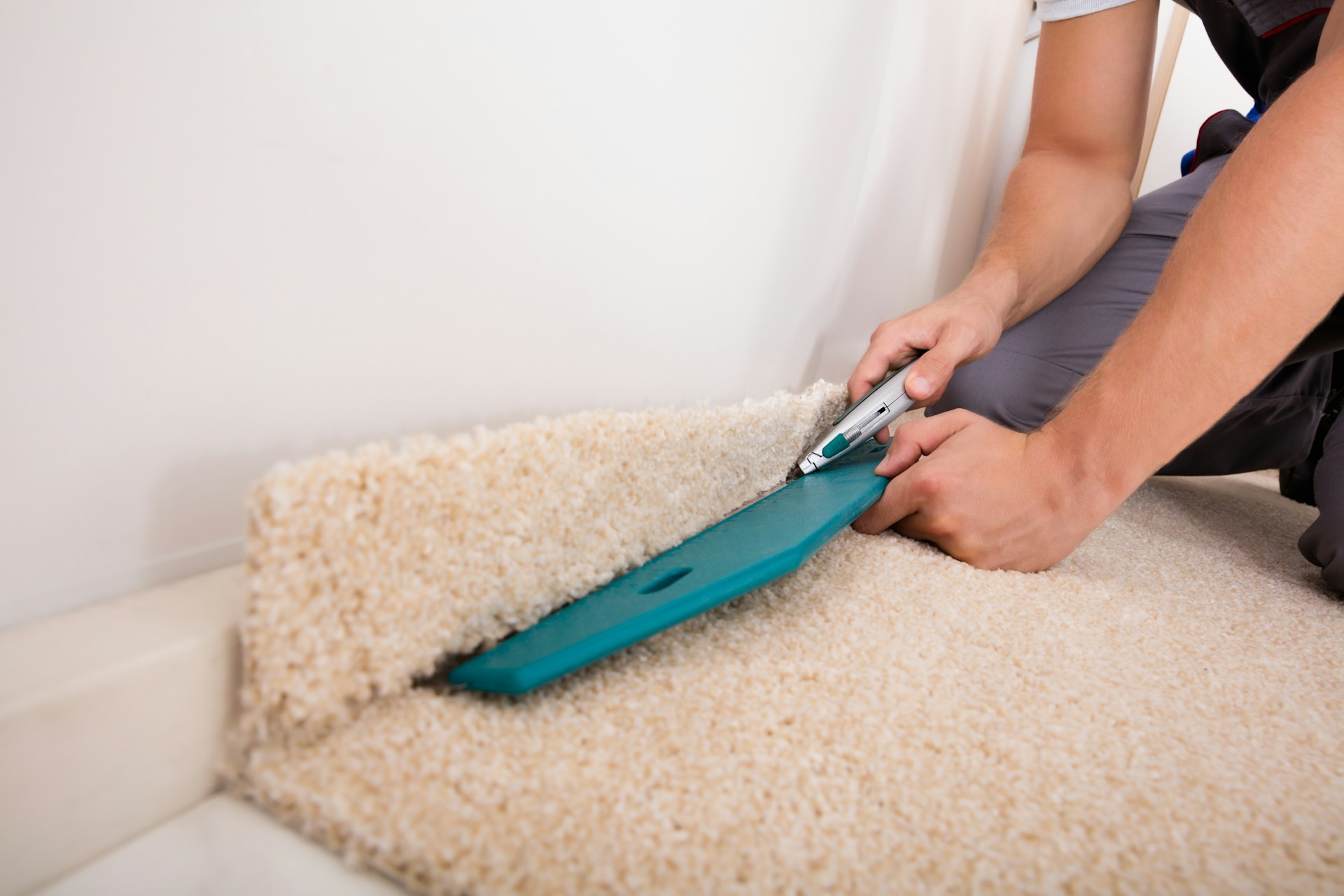Carpet fading is one of those problems that sneaks up on homeowners. At first, you may not notice it. Then one day, you move a piece of furniture and realize the carpet underneath is darker than the rest. If you live in a sunny place like Houston, carpet fading can be more common than you’d expect. Between the strong Texas sunlight and day-to-day wear, colors can begin to fade more quickly than you’d like.
If your carpet is starting to look dull or patchy, you’re not alone. Many Houston homeowners deal with this issue, especially in rooms with large windows or lots of foot traffic. The good news is that with a little knowledge and the right steps, you can slow down the fading process or even breathe new life into parts of your carpet that have already lost their color.
Understanding Why Carpets Fade
Knowing what causes carpet fading is the first step in stopping it. Most fading doesn’t happen overnight. It builds up gradually from a few common sources found in almost every home, especially in sunny, high-use areas.
1. UV Light Exposure
Sunlight is the most common cause. UV rays cause dyes to break down, especially in carpets that sit under windows or skylights. Even shade-filtered light can lead to fading over time.
2. Chemical Exposure
Household cleaning products that aren’t intended for carpets can cause discoloration. Spot treatments that contain bleach or acidic ingredients often leave behind lighter patches.
3. Wear and Tear
Areas that get walked on a lot, like hallways and living rooms, naturally lose their vibrancy faster. Constant friction from shoes and furniture can rub away fiber coatings and fade the surface.
A faded path leading from the kitchen to the living room or a light spot where a cleaning attempt was made years ago are both signs of this kind of wear.
Preventative Measures for Carpet Fading
The best defense is to stop fading before it starts. While some fading is inevitable over time, especially in bright and humid places like Houston, there are simple ways to slow the process.
– Block Direct Sunlight
Keep blinds or curtains closed during the most intense parts of the day. Use blackout curtains in rooms that face direct sun. Installing UV-blocking film on windows is another smart option, especially in living areas with tall or wide windows.
– Rearrange Furniture
Moving your furniture once or twice a year helps even out the exposure. Shifting rugs or rotating couches or tables can expose different carpet sections to light and foot traffic.
– Clean Carefully
Always use carpet-safe products. Bleach and harsh spot removers can leave permanent marks. Stick with mild cleaners or those recommended by your carpet installer. Vacuuming weekly not only keeps the carpet clean but removes particles that can wear down the fibers.
– Add Area Rugs
Use extra rugs in walkways and near door entries. These see the highest foot traffic and bear the brunt of daily use. Protective rugs can help the carpet underneath last longer.
– Handle Stains Gently
Avoid rough scrubbing on spills. Use a blotting motion with a clean cloth and a bit of mild detergent or vinegar. Always test on a hidden area first before applying it broadly.
Good home habits go a long way. Taking control over sunlight and wear can help your carpet stay vibrant through every season.
Effective Solutions for Faded Carpets
If the fading has already happened, there are still ways to restore or improve the carpet’s appearance. Depending on how far along the issue is, some simple solutions might work well, while other cases may need a deeper fix.
– Carpet Dyeing or Tinting
A professional dye service can recolor large faded areas. It doesn’t work if the carpet is torn or too worn down, but if the texture is still good, this option can return some of the original color.
– Deep Cleaning
Dirt build-up can dull color. A thorough professional cleaning can pull grime from deep within the fibers, revealing brighter and truer tones underneath. This works well when fading is mild or uneven.
– Sectional Replacement
If there’s a very faded patch, replacing the piece with a remnant from the original installation is another option. Patching works best when the carpet is low pile or used in areas without seams, such as closets or under furniture.
Fixing fading depends on condition and location. If the issue is cosmetic and the carpet still feels strong underfoot, repair rather than replacement might be the way to go.
Best Carpet Types for Houston Homes
Choosing the right carpet can make a lasting difference. Houston homeowners need materials that resist fading, tolerate heat, and hold up under plenty of daily use. Here are some of the strongest choices available.
– Solution-Dyed Nylon
This carpet is colored during the fiber creation process instead of afterwards, so the color goes all the way through. This makes it very resistant to fading from sun or cleaners. It’s a tougher carpet option for busy rooms.
– Polyester
Soft underfoot and designed for bright colors, polyester carpet has become more popular, especially for homeowners looking for a fade-resistant option at a lower price point. Many versions are treated to protect against UV damage.
– Blended Options
You can also choose carpets made from a mix of fibers, balancing the softness of one with the toughness of another. These work well in multi-use homes or for spaces that need a custom fit to your lifestyle.
Every room has different needs. Bedrooms that get little sunlight may be fine with a basic fiber. But rooms like living areas or playrooms benefit from stronger, fade-resistant materials that age better.
Keeping Your Carpet Looking New
After going through the effort of installing a new carpet, building a basic cleaning and care routine is the best way to keep it looking sharp long-term.
In Houston’s climate, dust and moisture can wear down carpet quickly if not managed properly. Here are some simple tips to stretch your carpet’s lifespan and keep fading to a minimum.
– Vacuum weekly in high-use areas, and at least every two weeks in quieter rooms.
– Use rugs and mats around entrances to collect dirt from shoes before it hits the carpet.
– Keep window shades drawn from mid-morning to early afternoon when the sun is brightest.
– Schedule a professional deep clean once or twice a year, especially after summer ends.
– Watch for signs of wear and have them checked early, before damage spreads.
Even in fall and winter, Houston still gets lots of bright sunlight. Sunlight coming through large windows at a shallow angle in late fall can be just as harsh as summer rays. Staying alert to light exposure year-round keeps small fading from becoming permanent damage.
Expert Help for Your Carpet Needs
Sometimes a room needs a fresh start. Other times, you simply need a solid repair plan. Either way, working with local professionals who understand Houston conditions makes a big difference. They know how sun, heat, and foot traffic affect flooring and can recommend the right options from the start.
At Wayne Carpet & Oak Flooring, we’ve helped homeowners all over Houston choose better flooring the first time around. From finding the right type of fade-resistant carpet to proper installation and maintenance, we’ll walk you through what works best for your home and your family’s day-to-day routine.
Whether you’re dealing with faded spots or want a flooring upgrade that will last longer in Houston’s active climate, you can count on honest advice and trusted service backed by years of experience.
Ready to address carpet fading and enhance your home’s style? Consider the advantages of residential carpet flooring in Houston to withstand the Texas sun. At Wayne Carpet & Oak Flooring, we offer solutions tailored to your needs, ensuring durability and beauty for your floors. Reach out to us today and let our expertise guide you toward the perfect match for your home.










